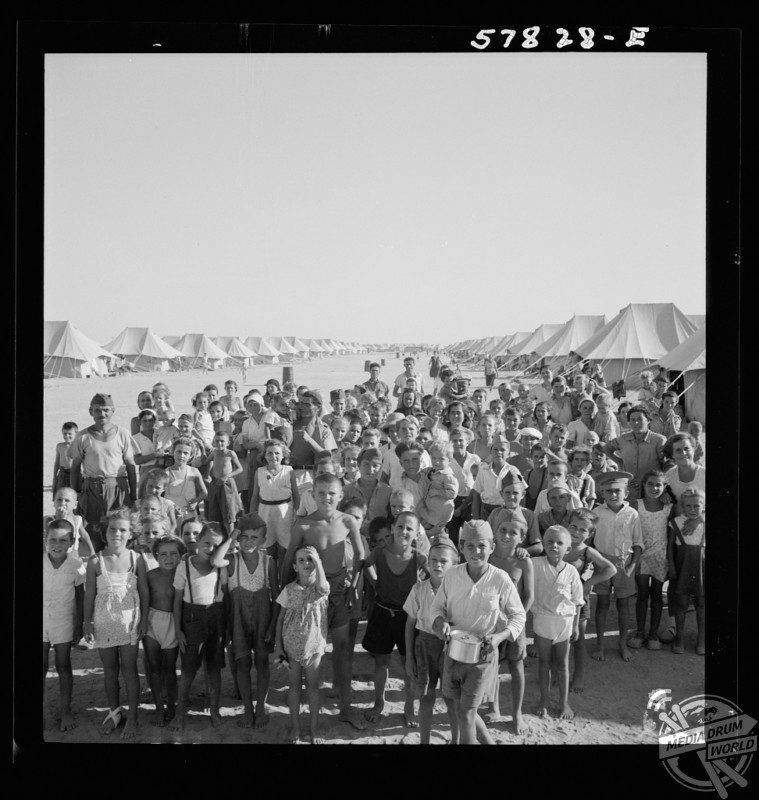By Mark McConville
INCREDIBLE images have revealed the refugee camp in Egypt that housed Eastern Europeans during World War Two.
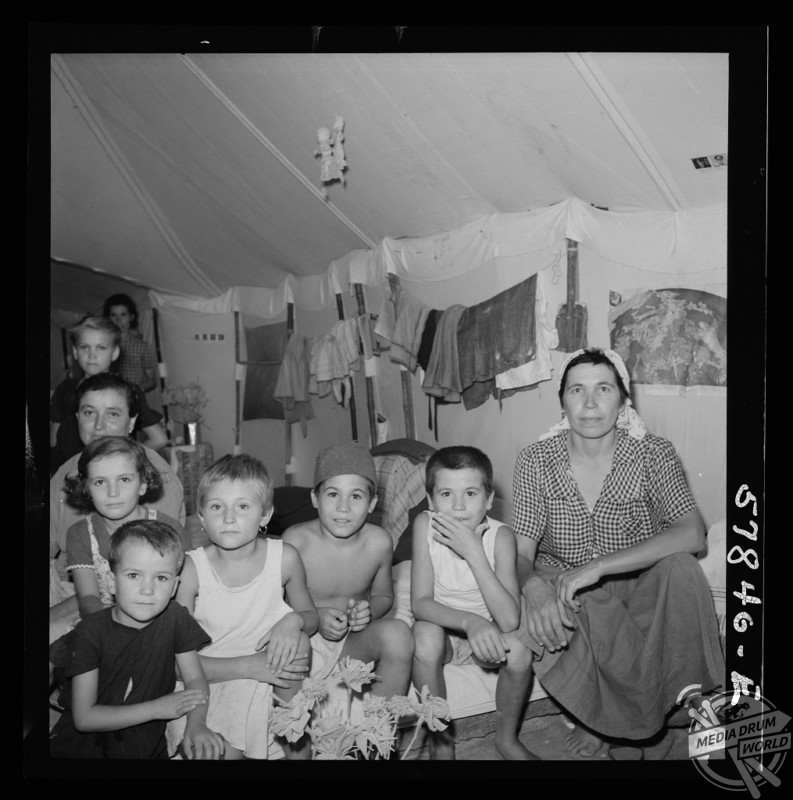
The striking pictures show old and young people alike relaxing in the camp and trying to while away the hours by painting, sculpting and letting the children play on a see-saw and swings.
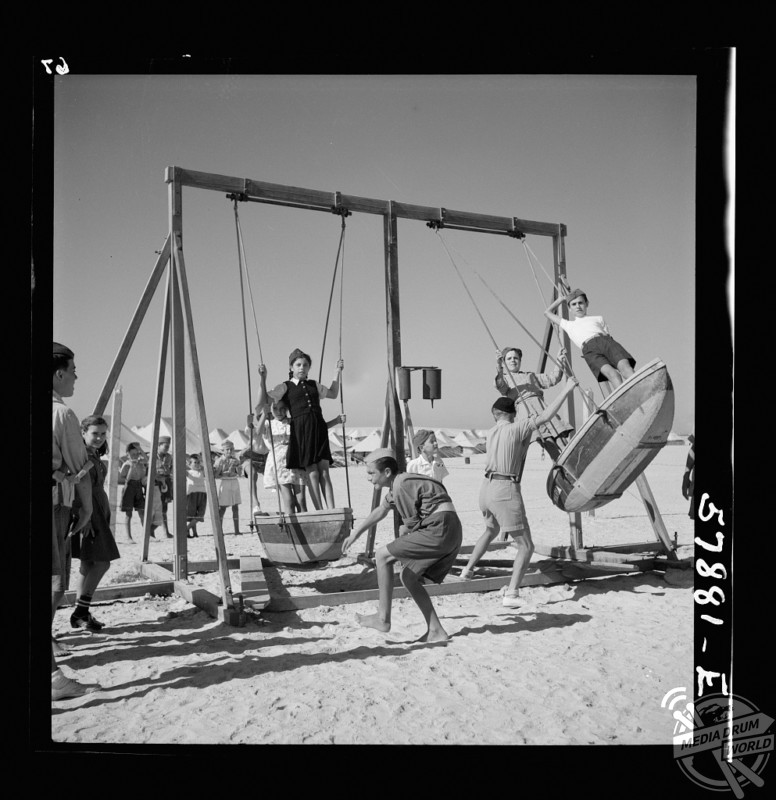
Other shots depict the hardship that was endured by the refugees as doctors tend to weary patients, thin men build furniture and women try to find clothes to fit their children.
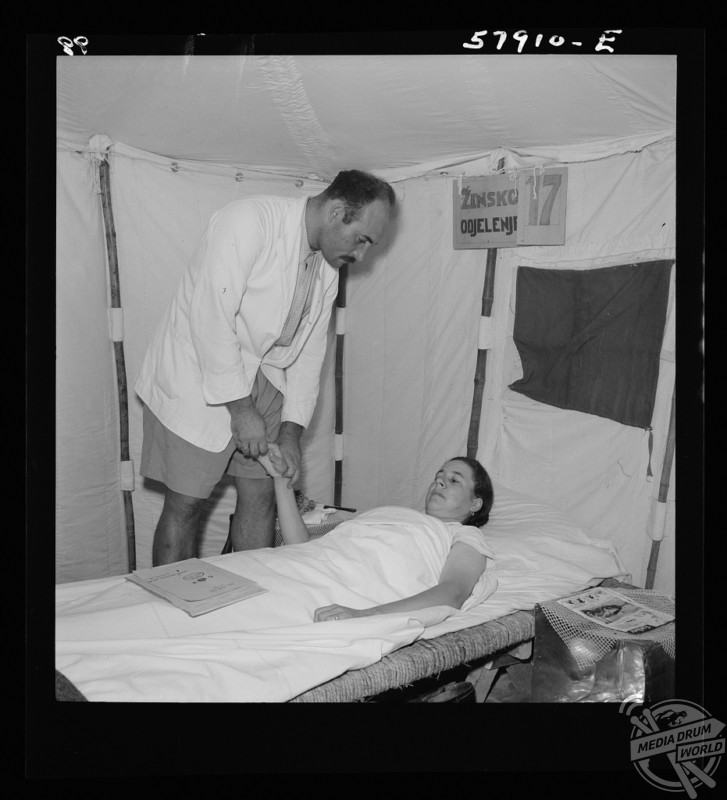
The black and white photographs show El Shatt, the United Nations Relief and Rehabilitation Administration’s refugee camp set up in Egypt for Yugoslavian refugees.
The camp, located near the Suez Canal, was established by the British in the summer of 1944 to accommodate the large number of civilians fleeing from what is now Croatia ahead of a German invasion.
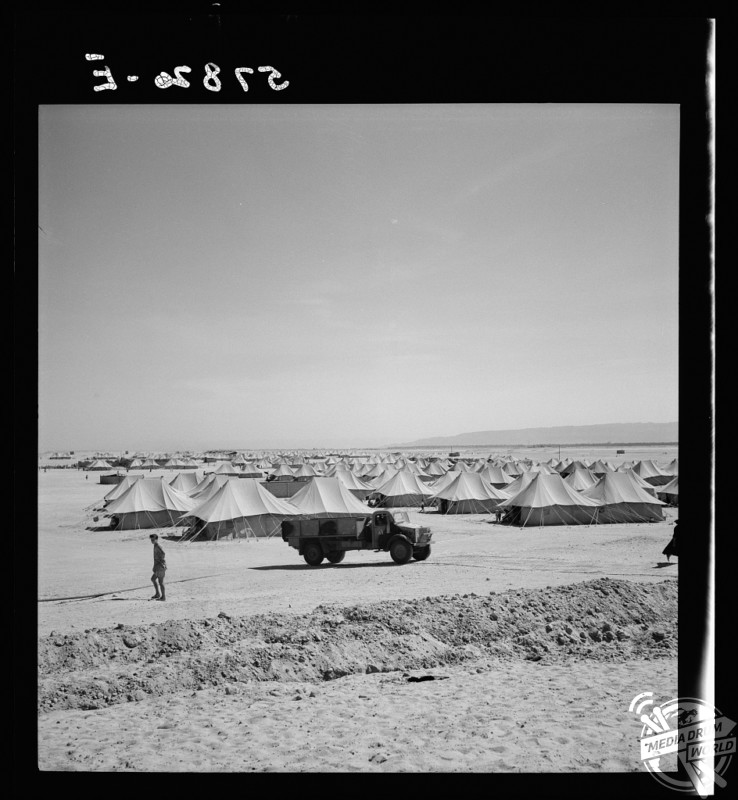
Although far from home and living in poor conditions, they tried to preserve the illusion of normal life. They established schools, various workshops, a shared laundry and issued a newspaper.
Camp officials would occasionally stage plays, dances, and other entertaining events, and families could enjoy bathing in the Suez Canal and watching the warships pass by.
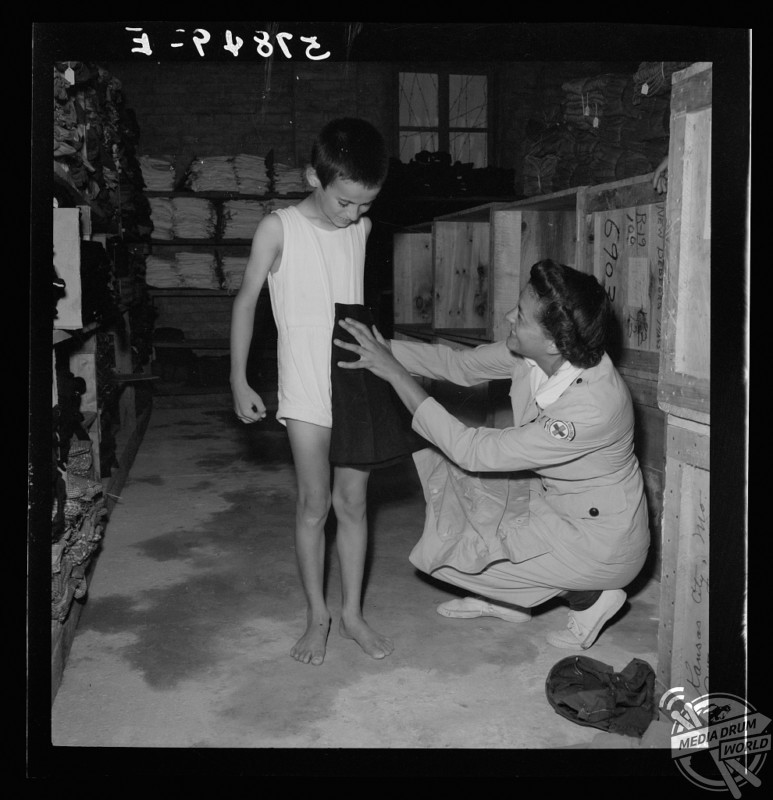
People from Dalmatia had difficulty adjusting to desert conditions, especially children who suffered from intestinal diseases. Many of them died.
The British government also kept a strict regime, allowing exit from the complex only with passes. On several occasions, the area of El Shatt was bombed.
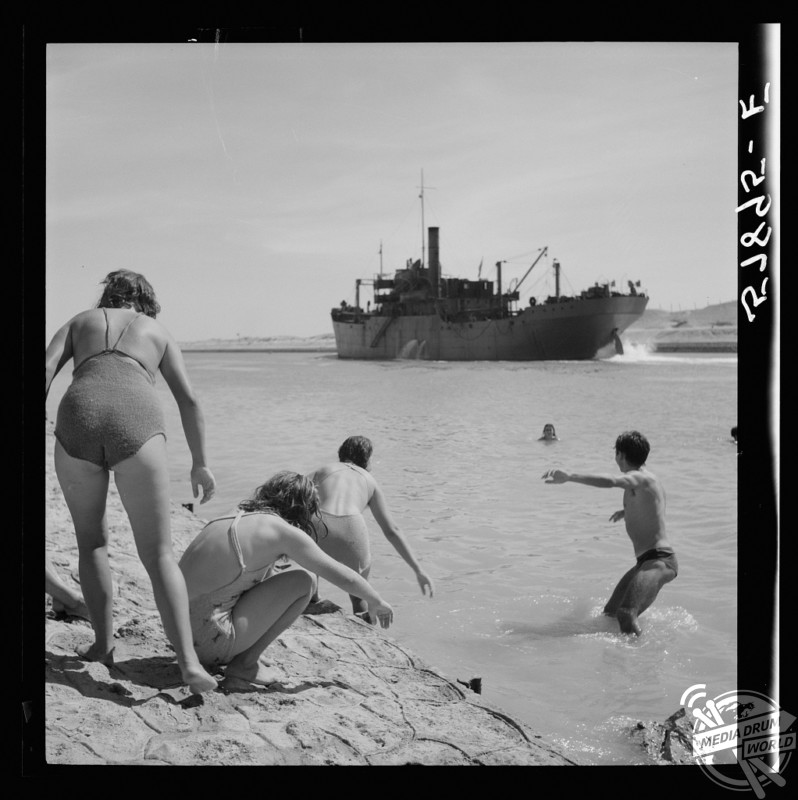
More than 30,000 people lived in the refugee camp for a total of 18 months. During their time in the camp, there were 300 marriages. Additionally, 650 children were born.
They returned home at the beginning of 1946 when the war was over and a more stable political situation in Yugoslavia was established.
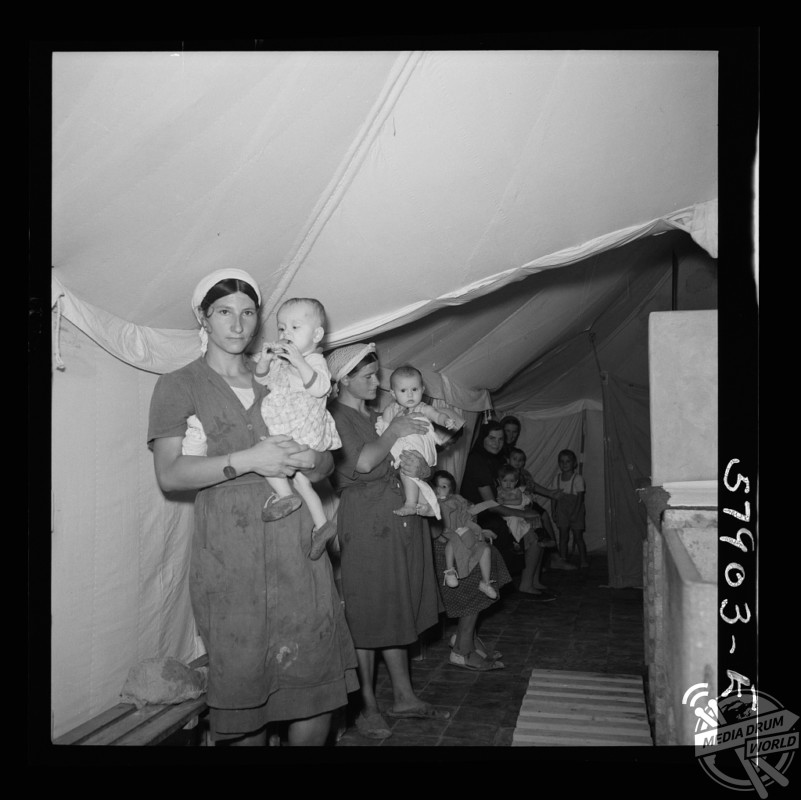
At the place of their exile rests a graveyard with 825 graves of people who did not withstand the tough conditions of life in the desert.

